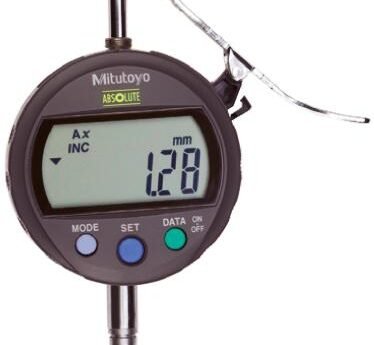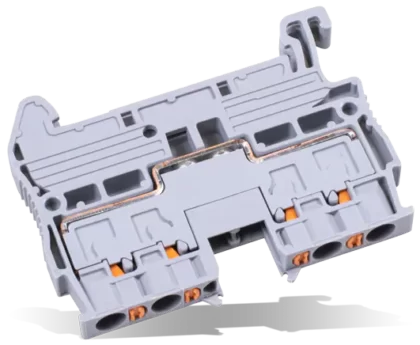An industrial extension lead is a cord used to extend the reach of a power source to an electrical appliance in a hazardous environment. This type of industrial extension lead is designed for use in factories and other industrial settings and is usually made of durable, insulated rubber or plastic. It is often fitted with a plug, socket, or another safety device to prevent electrical shock or fire.
Specifications
- Voltage: 250V
- Current: 10A
- Length: 1m to 10m
- Number of outlets: 1 to 10
- Plug type: UK 3-pin, EU 2-pin, US 3-pin, etc.
- Cable type: PVC, rubber, etc.
- Insulation rating: IP20 or higher
- Cable length: 0.5m to 10m
- Protection rating: Overload, short circuit, surge, etc.
Types of Industrial Extension Lead
Reel Extension Lead
A reel extension lead is a long length of cable that can be wound up onto a spool or reel. This type of lead is ideal for workshops, warehouses, and other industrial applications where a long length of cable is needed.
Heavy-Duty Extension Lead
Heavy-duty extension leads are designed for tough industrial environments. They are thicker, more robust, and have a higher current rating than standard domestic leads.
Multi-Socket Extension Lead
A multi-socket extension lead is ideal for workshops or other industrial applications where multiple electrical appliances need to be powered from the same source.
Retractable Extension Lead
A retractable extension lead is a great option for industrial applications where a long length of cable is needed but space is limited. The cable can be wound up onto a spool and stored in a small space.
Waterproof Extension Lead
Waterproof extension leads are designed for use in wet or damp environments such as factories and warehouses. They are designed to be resistant to water, dust, and other contaminants.
Safety checks for an Industrial Extension Lead
- Ensure that the voltage rating of the extension lead matches the voltage of the device you are connecting to it.
- Inspect the lead for any signs of wear and tear or damage.
- Make sure the plug and socket are firmly attached and that the pins are not bent or worn.
- Check that the insulation is of good quality and not damaged or frayed.
- Ensure that the cable is of the correct length and is not stretched.
- Ensure that the safety shutters on the plug are in working order and are not damaged.
- Check the fuse rating of the plug is suitable for the device you are using.
- Make sure the lead is not being used in an area where it is likely to be exposed to water or other liquids.
Choosing The Right Industrial Extension Lead
- Consider the length of the extension lead. Choose a lead that is long enough to reach from the power source to the device.
- Determine the wattage or amps of the device that will be plugged in. Make sure the industrial extension lead you choose can handle the wattage or amps of the device.
- Choose an industrial extension lead with a cord that is heavy-duty and made from a material that can handle the power demands of the device.
- Make sure the industrial extension lead is rated for outdoor use if you plan to use it outdoors.
- Consider the type of plug and socket on the extension lead. Make sure they are compatible with the device you plan to plug in.
How Do You Attach The Industrial Extension Lead?
To attach an industrial extension lead, you need to first plug the power cord into the outlet and then plug the other end of the power cord into the extension lead. You can then connect the devices that you need to power to the extension lead. Finally, make sure to turn on the power switch to activate the power.





